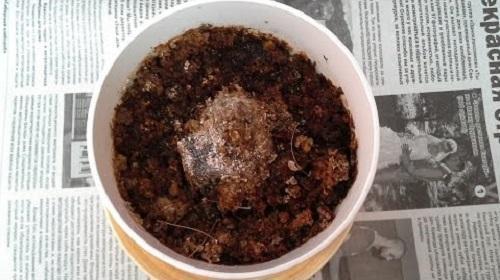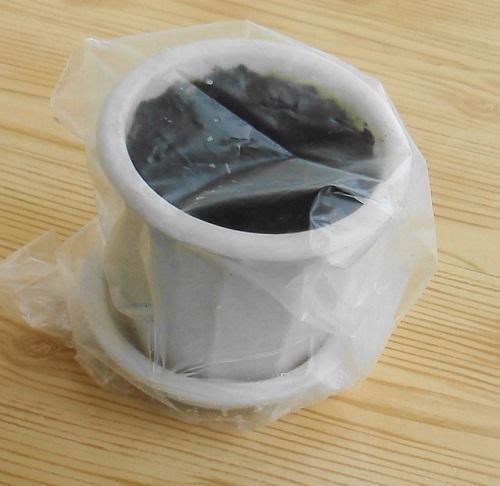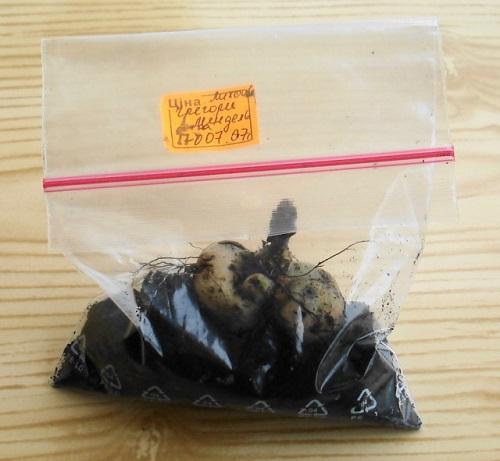Gloxinia did not wake up after winter: two ways to wake up the tuber
 A feature of tuberous gloxinias is that they need rest after abundant flowering. Every year, with the onset of autumn, the flowers "hibernate" and remain in this state until the end of winter. With the arrival of spring, growth processes begin to activate in the tubers, and soon a green bush appears in the pot again.
A feature of tuberous gloxinias is that they need rest after abundant flowering. Every year, with the onset of autumn, the flowers "hibernate" and remain in this state until the end of winter. With the arrival of spring, growth processes begin to activate in the tubers, and soon a green bush appears in the pot again.
However, flower growers often face such a problem that it is already May outside the window, and gloxinia not even a hint of awakening. What to do in this case and how to wake up tuberous gloxinia, flower masters know and are happy to share their experience.
Before May, there is no need to “rape” the tuber, since the flower still has the opportunity to wake up on its own.
Based on practice, you can make the tuber wake up in two ways:
- having converted the pot into a greenhouse (without removing the tuber from the flowerpot);
- putting it in a package.
Both methods of awakening are also good for newly acquired tubers in the spring (dormant).
Potty awakening

In order for the gloxinia to come to life, the flowerpot must be transferred to the warmest and lightest place in the house and slightly moisten the ground, pouring water not under the tuber, but along the edge of the container.
Do not overfill the flower, otherwise the tuber will rot.
Cover the pot with a bag and leave it for two weeks. This time should be enough for sprouts to appear.
Wake up in a packet

Before placing the tuber in the bag, it must be carefully inspected for rot. If one is found, the affected areas should be removed by sprinkling the cut with crushed activated carbon.
Then dry gloxinia. Pour a couple of tablespoons of light and loose soil into the package itself and lightly spray it from a spray bottle.
Peat can be used instead of substrate.
Place the nodule on the soil mixture and close the bag well so that it does not release air. Put on a light and warm windowsill, or even better - under backlight lamp... There is no need to ventilate and moisten additionally.
This method will allow you to get several shoots from one nodule at once, which are easily separated and used as independent plants.